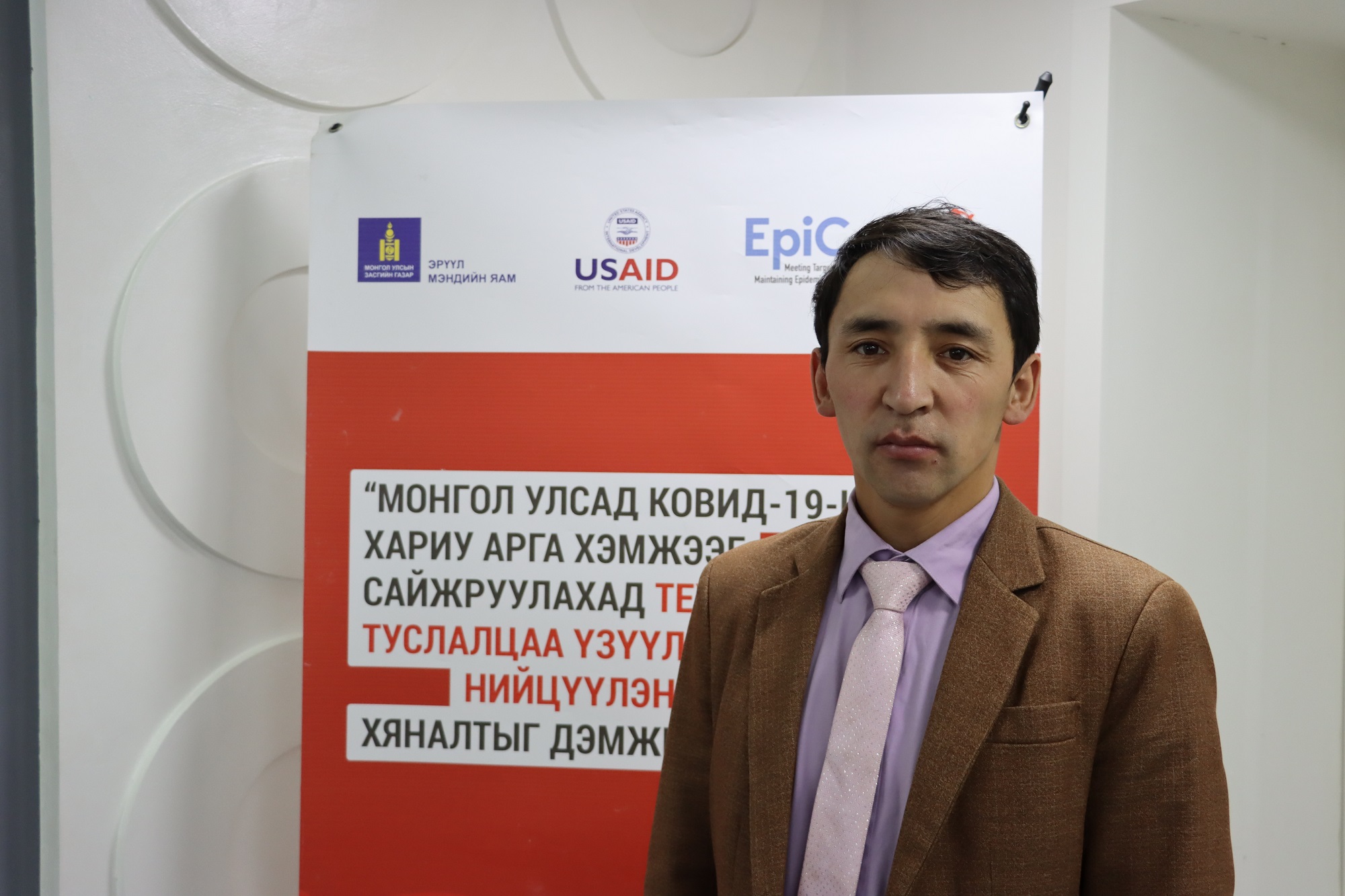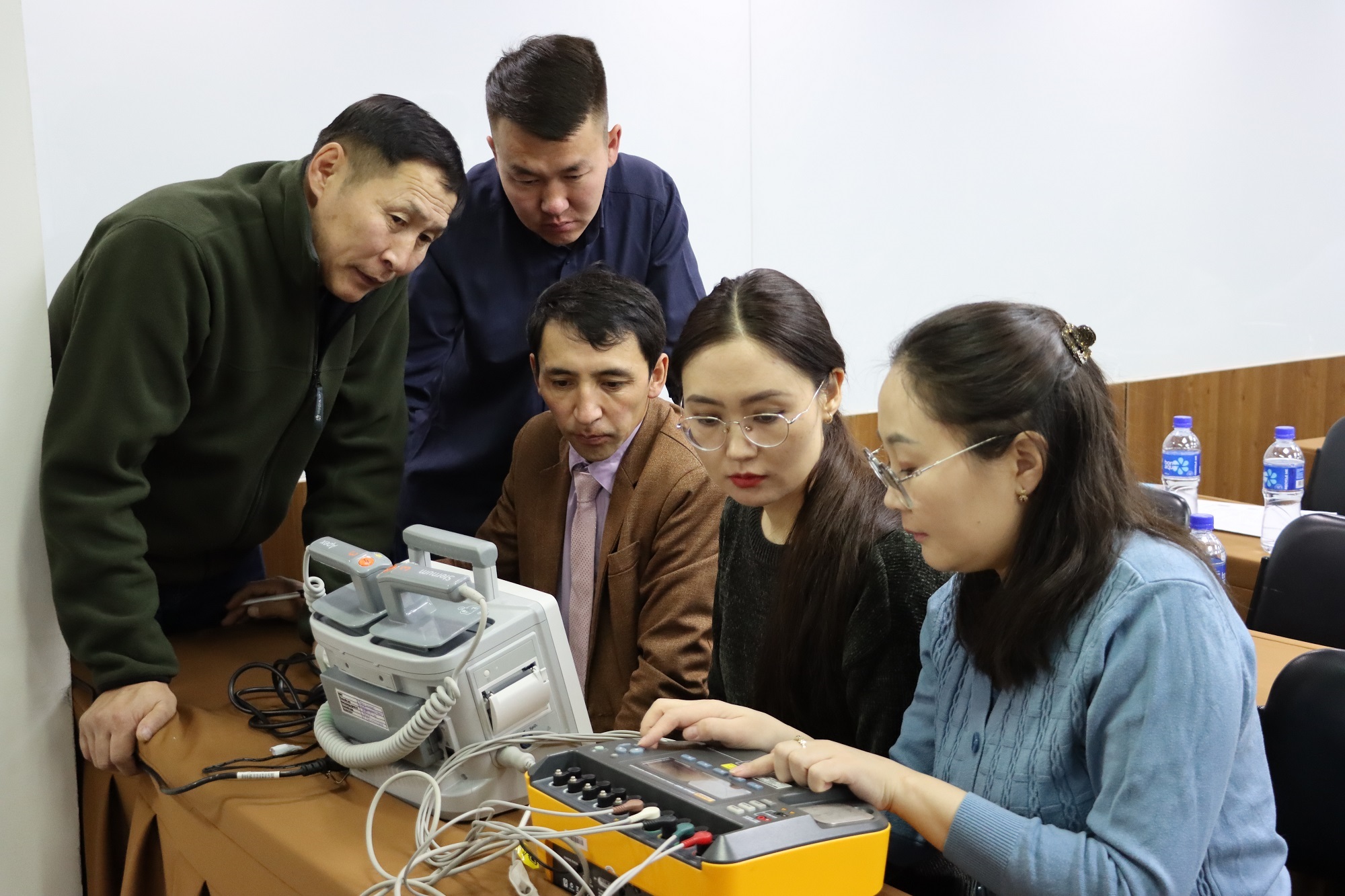I think future training and workshops need to be categorized, such as X-Ray equipment and critical care equipment, etc. I do my best to share everything I know with my colleagues, no matter what the purpose of the equipment is.
Although graduates in medical engineering do not earn very much in provincial areas, they do want to return home if they can be employed there. Because of budgetary constraints, few new engineer positions are being created. Some aimags have engineers and technicians in their local health facilities, but in Bayan-Ulgii, there is no such unit in the health center, and therefore we at the Central Hospital are responsible for repairing all the medical equipment.
We also receive and repair the medical equipment from the soums and provide consultation to the soum hospitals. I have heard that the Aimag health center is planning to hire an engineer next year.
I supervise the interns in our hospital. I also train, supervise, and advise our doctors and nurses, as they are the end users of all this equipment. A set of tools is essential. Therefore, in this series of capacity building workshops, we learned how to use multimedia tools. When we are equipped with such essential tools, we can optimize the old tools and adjust the settings of the devices properly. So far, not all hospitals have such equipment but we hope it will be made available in the near future. The engineers who participated in the capacity building workshop series for medical equipment engineers were very satisfied with the set of tools. They’re mechanical and for daily use and will be useful because the provision of tools by the hospital is not good and often we even have to buy the most basic tools. We are sure that we’ll be able to use these tools for 3 to 5 years and can share them because we work in one room. We were also given certificates from this workshop series.


